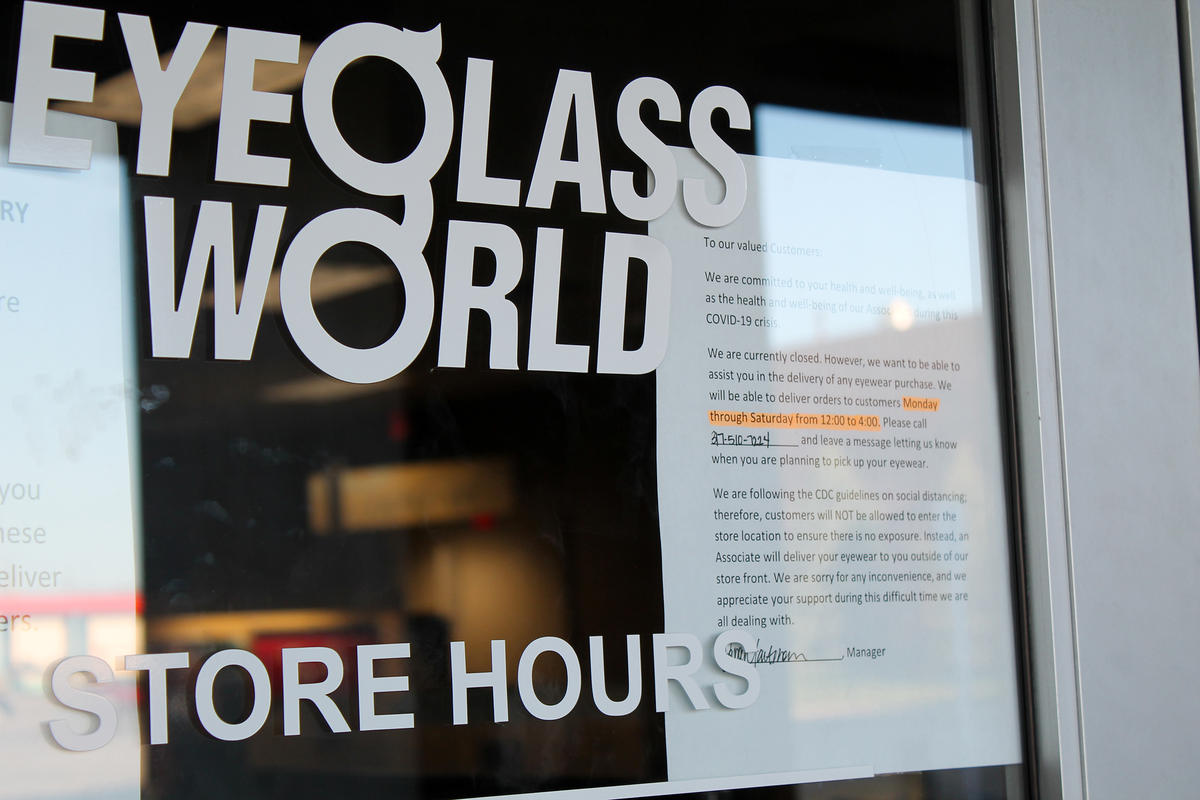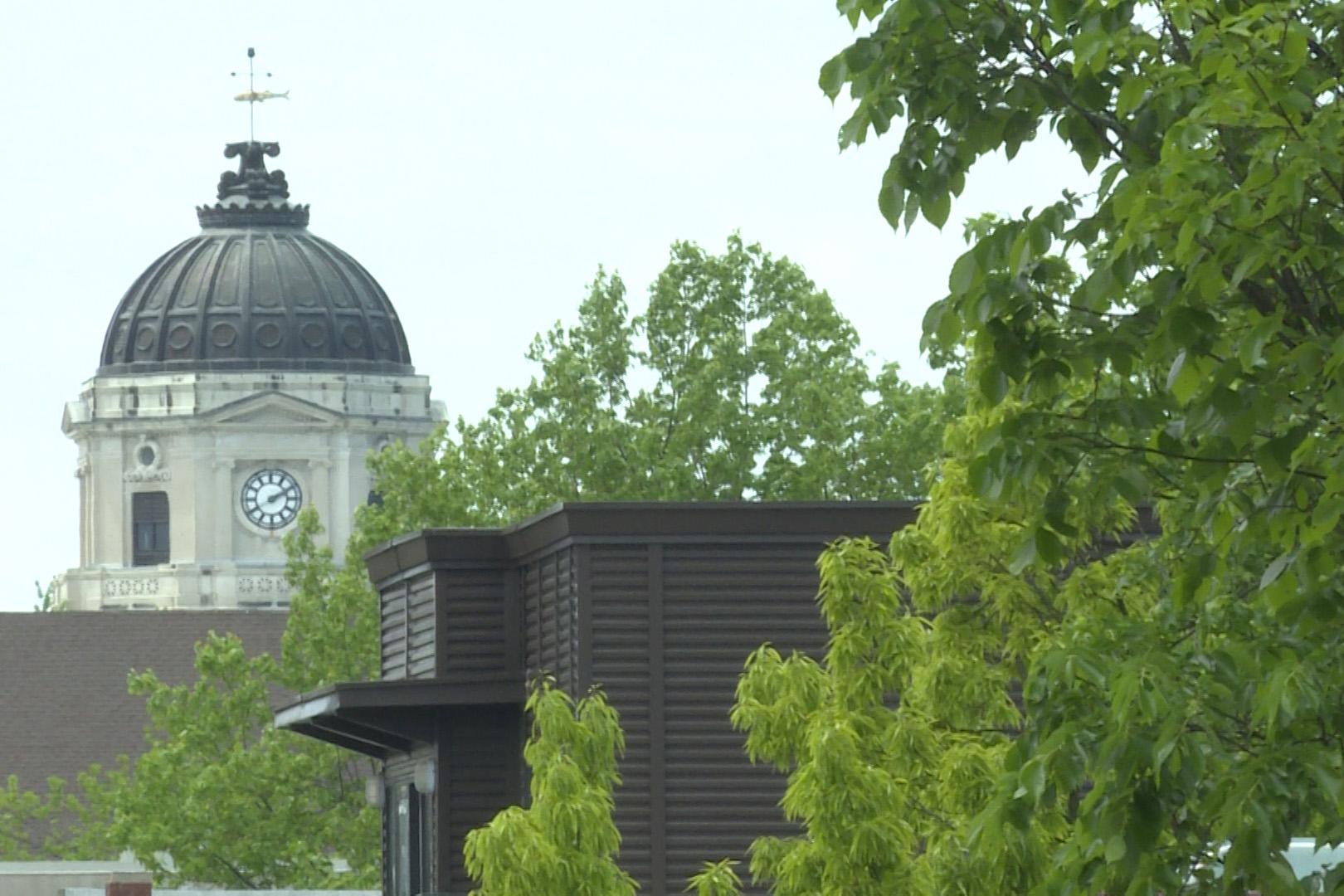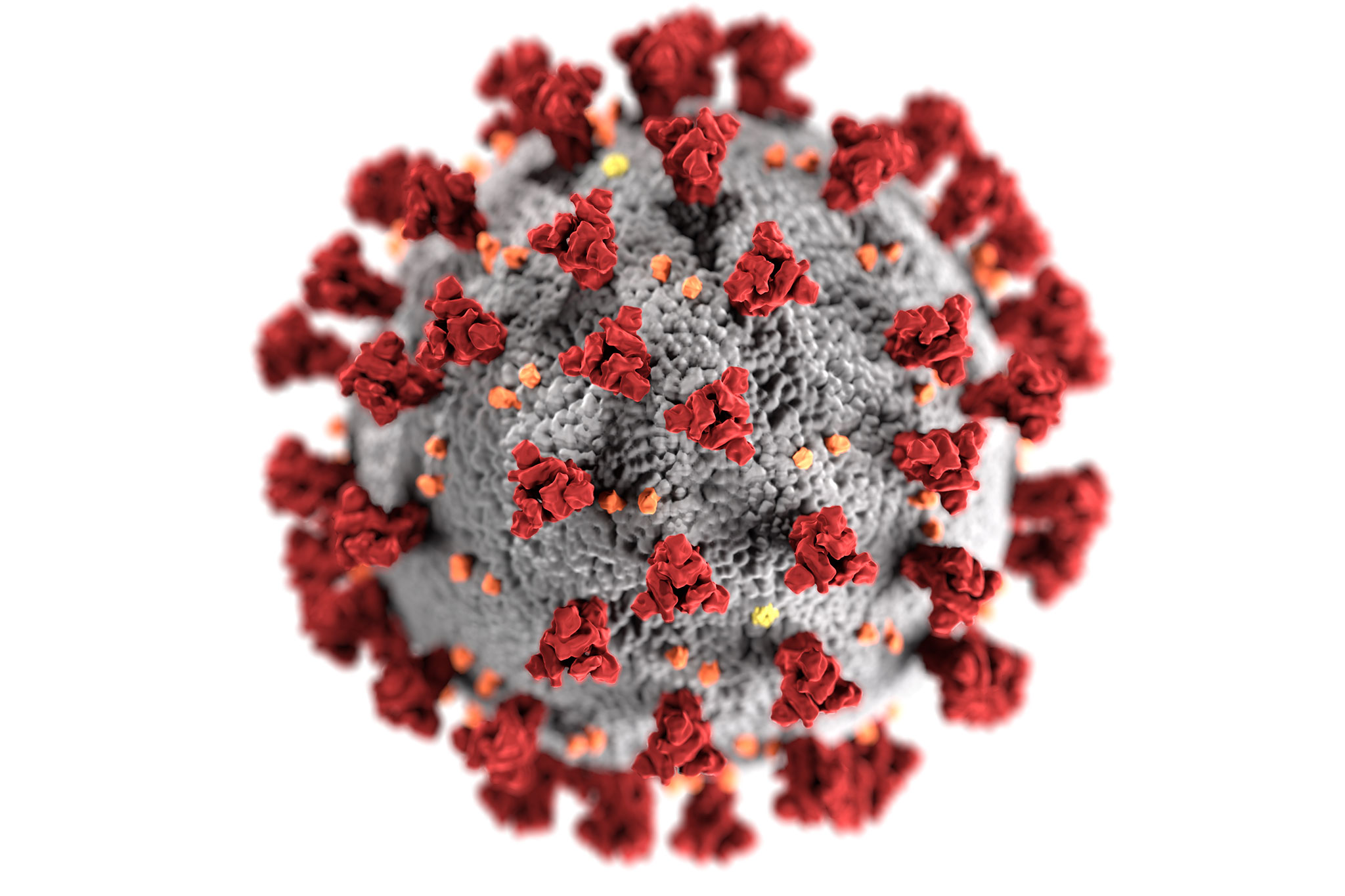
Indiana's approach has been more centralized, with the governor using executive orders to provide guidance to county and regional governments and entities. (Mareea Thomas/WNIN)
Researchers at IUPUI's School of Public and Environmental Affairs are developing a database to better understand how states are reacting to the COVID-19 pandemic. Indiana’s centralized approach appears to be pretty middle-of-the-road.
The study is designed to analyze the two main types of executive orders across the country: restrictions and suspensions. Restrictions are “Stay-At-Home” or “shelter-in-place” orders, and suspensions are postponing elections or extending tax deadlines.
Different states are using different approaches. Peter Federman, one of the two faculty researchers, says some, including Indiana, lean more toward a centralized approach.
"Many of the orders are coming through the governor’s office, are coming out of the governor’s mouth in some instances, on T.V. And that’s not the case in every state," he says.
There are others that use a decentralized approach, allowing agency heads and the health department to issue orders.
In addition, states are suspending public meeting rules or postponing elections. While his team is studying the impact on governmental transparency, he says one of the side effects of these suspensions has been greater public access.
"What’s been going is actually making things more accessible through online-only transactions, and that kind of thing. We’re also interested in how that has made things easier for people," he says.
Federman’s team is creating a public portal to not only highlight these differences, but also help state and local governments be more prepared for future outbreaks. He says they’ll continue to study the impact as states reopen.
For the latest news and resources about COVID-19, bookmark our Coronavirus In Indiana page here.










